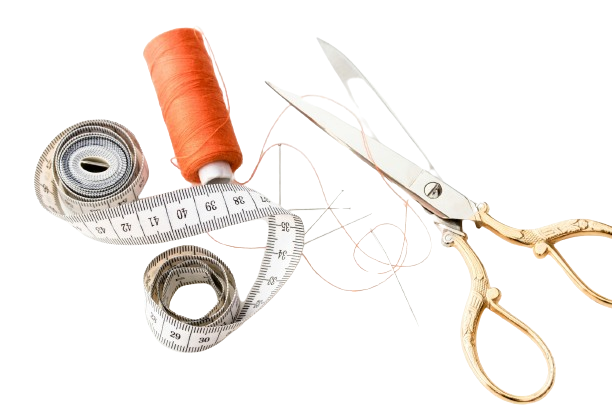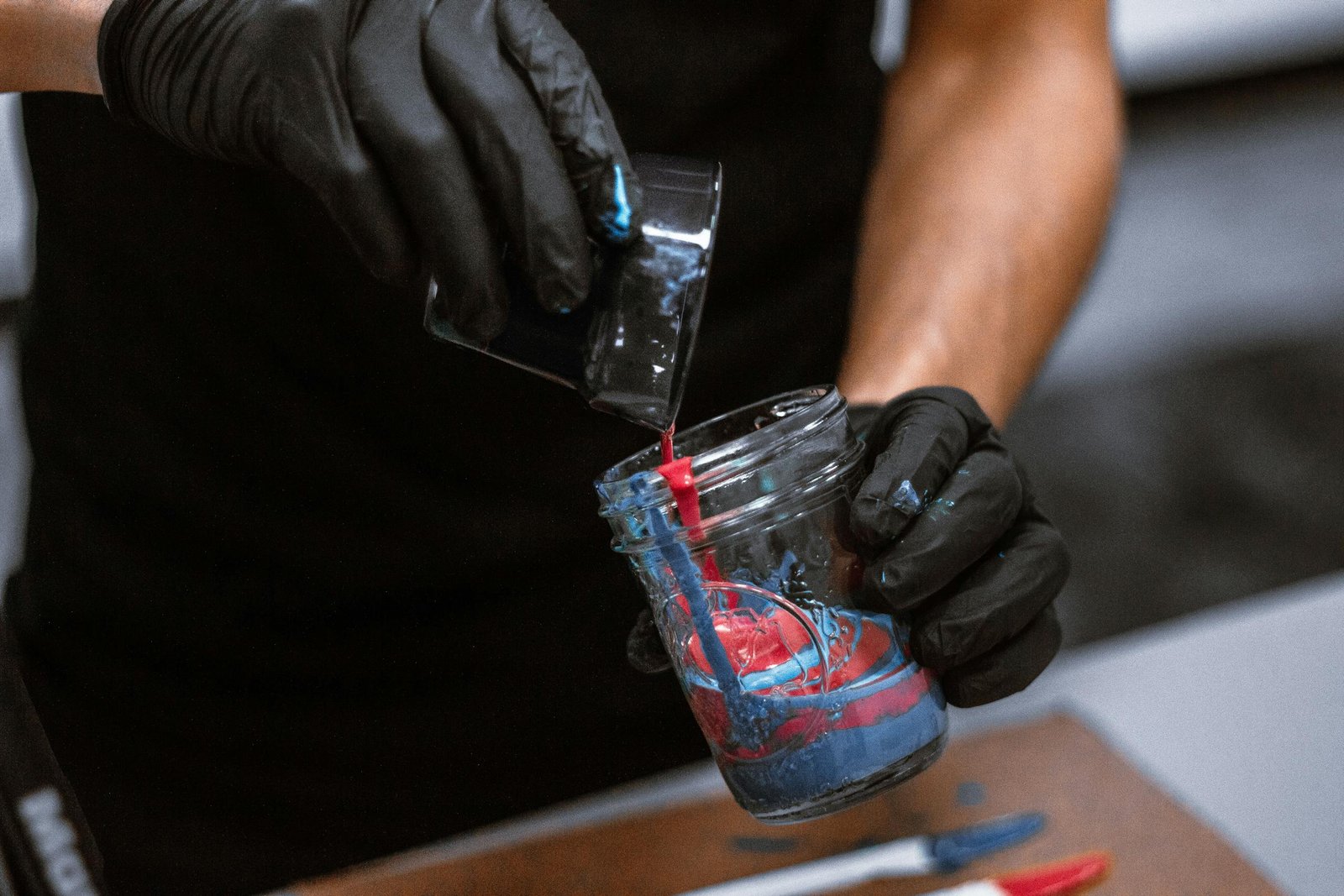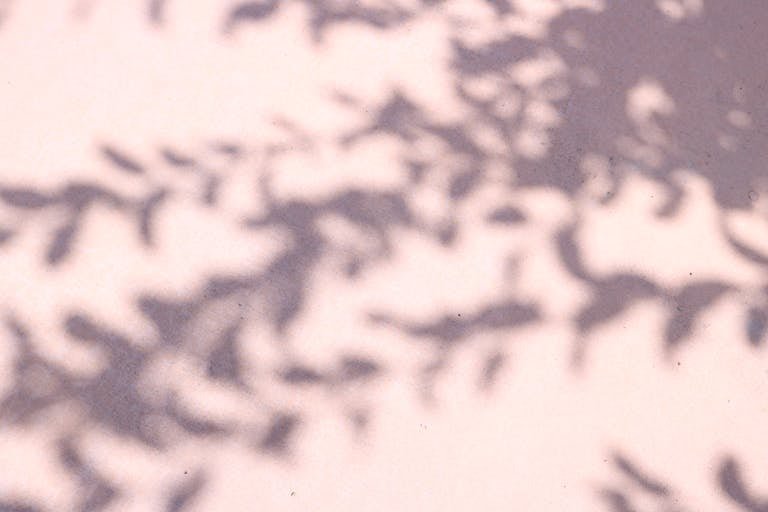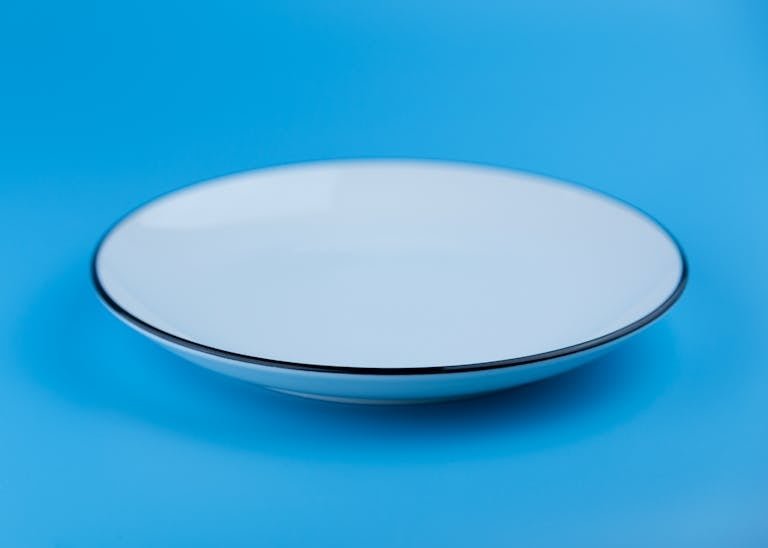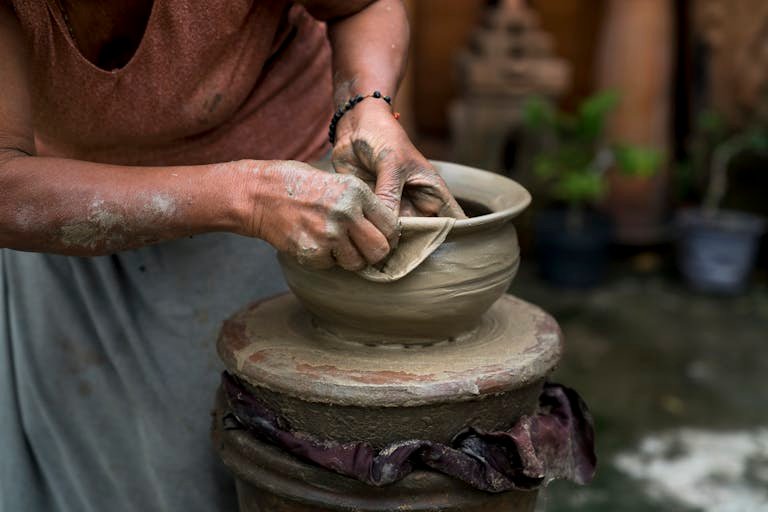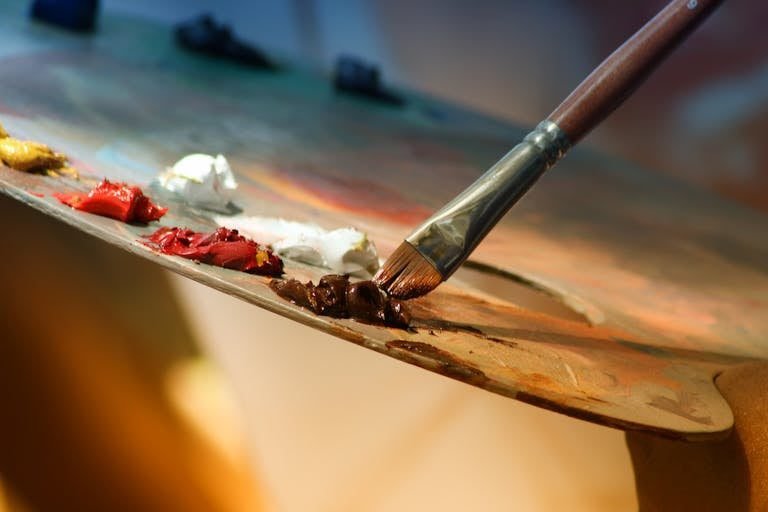Art Blending Hacks: From Beginner to Master!
Blending is a cornerstone art technique, pivotal for crafting seamless transitions, infusing depth, and capturing realism in artworks. Whether you’re a novice or a seasoned artist, honing the art of blending can greatly boost your creative prowess. Now, let’s delve into the focal point of this comprehensive guide: Understanding Blending in Art – exploring its importance, techniques, tools, and strategies for leveraging blending effectively in art.
What is Artistic Blending?
In art, blending involves skillfully merging colors, tones, or values to achieve seamless transitions and gradients. This technique is valuable for softening the boundaries between colors, and enhancing the artwork’s natural appearance. Blending methods vary across drawing, painting, and new media, each requiring distinct tools and approaches.

Importance of Blending
Blending is essential for several reasons:
- Realism: It assists in rendering realistic images by simulating the contribution of light to virtual surfaces.
- Depth and Dimension: Blending also contributes to depth in an artwork as it almost gives an artwork a 3D look.
- Smooth Transitions: It helps to avoid jarring transitions between colors or shades, the finished piece appears more polished and businesslike.
- Atmosphere and Mood: Blending can elicit a particular feeling and provide a mood for the actual artwork.
Techniques of Blending
Different art mediums require different blending techniques. Here, we will explore blending methods in traditional drawing, painting, and digital art.
Blending in Drawing
In the drawing, erasing is typically used to remove unwanted pencil lines or to blend to soften the edge between tones. Here are some common techniques:
1. Smudging

Smudging is the process of using a tool that rubs over the graphite or charcoal to make it lighter. Tools commonly used include:
- Tortillons: Hard conical paper stumps that are perfect for gradual application and blending.
- Blending Stumps: They are also similar to tortillons but are more solid and can be used for larger areas.
- Fingers: The easiest yet is can transfer oil from your skin onto the paper.
How to Smudge

- Rub graphite or charcoal on the desired blend area.
- With the tortillon, blending stump, or your finger, lightly tilt the material in circular motions.
- Slowly, switch outward to obtain a gradual gradation.
2. Layering

Layering is the act of stacking many layers of graphite or charcoal to produce depth and transition smoothly.
How to Layer
- Begin gradually and use thin layers of paint.
- Add more layers progressively, applying more pressure to build up the levels of darkness.
- When you are through with each layer, use the blending tool to smoothen them before doing another layer.
3. Cross-Hatching
Cross-hatching involves drawing horizontal lines and then over them other vertical lines to produce a tone and then erasing the overlapping lines.
How to Cross-Hatch
- In this case, you should draw parallel lines in one direction.
- Draw other lines crossing the previously drawn lines.
- As a final touch, apply a blending tool to smoothen it out and achieve an equal level of brightness.
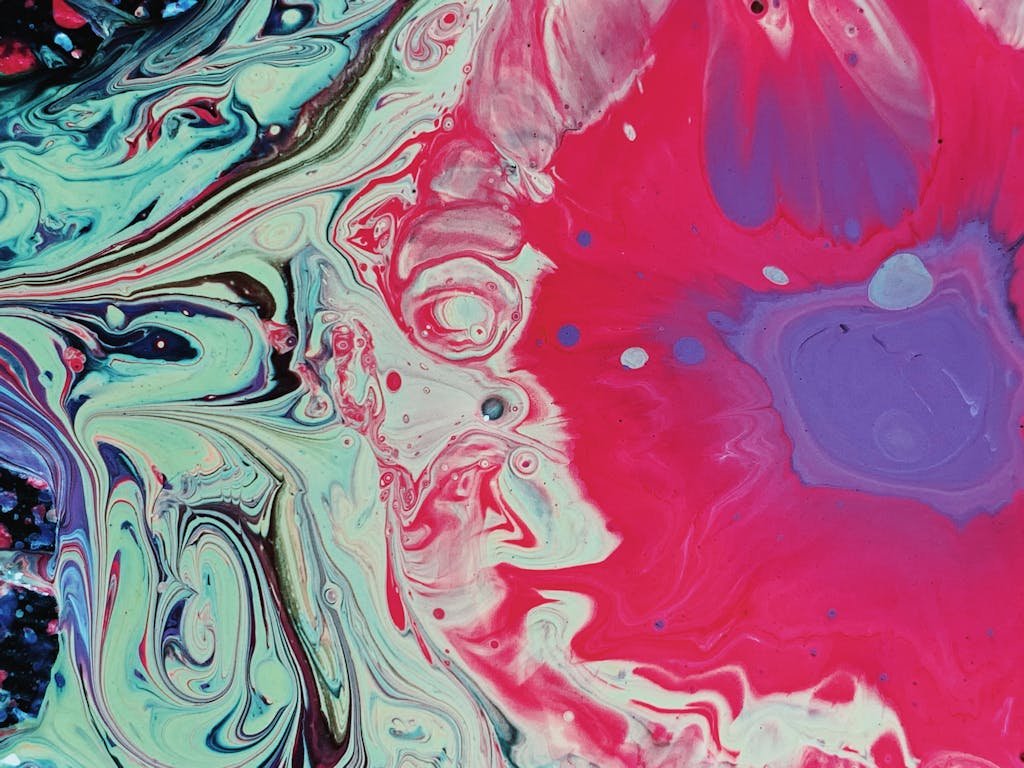
Blending in Painting
Transitions in painting are significant for making accurate transitions to other colors and creating textures. Here are some techniques for blending in various painting mediums:
1. Wet-on-Wet
This technique involves applying wet paint on a wet surface so that the colors gain their true blend.
How to Blend Wet-on-Wet
- Take a small part of the canvas and dampen it with water.
- It is advisable to apply your colors while the surface is still wet.
- To mix the colors, use a clean brush or even a palette knife for a more efficient mixing of the colors.
2. Dry Brushing

Dry brushing is a technique used where a dry brush with just a little paint is used to complete the mix.
How to Dry Brush
- Take a small quantity of paint on a dry brush.
- Using another part of the brush or a paper towel, wipe off the excess paint.
- Lightly brush over the area you want to blend, using soft, sweeping motions.
3. Glazing

Glazing is a technique where transparent washes or glazes are painted over the dried layer to add complexity in value and hue.
How to Glaze
- Using the paint mixed with the medium, apply a very thin, sheer coat on the dried base coat.
- Ensure that you allow each layer to dry before applying the next layer of the mixture.
- Do it again and again until you achieve the thickness and color you want.
Blending in Digital Art
Digital art also has the advantage of mixing techniques that can be applied effortlessly using programs such as Adobe Photoshop, Corel Painter, or Procreate.
1. Gradient Tool
The gradient tool is used to blend colors or shades gradually with the other without creating a harsh line between them.
How to Use the Gradient Tool
- Click on the gradient tool in the toolbar.
- Select the colors you would like to mix.
- To create a simple gradient you simply need to click and drag your cursor across the canvas.
2. Smudge Tool
The smudge tool recreates the smudging technique usually applied with traditional media.
How to Use the Smudge Tool
- Choose the smudge tool in the toolbar.
- Change the brushing diameter and force.
- Click and drag over the area you want to blend.
3. Layer Masks
Layer masks help in controlling the precise level of transparency of one layer over another.
How to Use Layer Masks
- Duplicate the layer you want to blend and turn the new layer into a layer mask.
- Use a soft brush to paint on the mask, gradually revealing the layer beneath.
- Adjust the opacity and flow for more control over the blend.
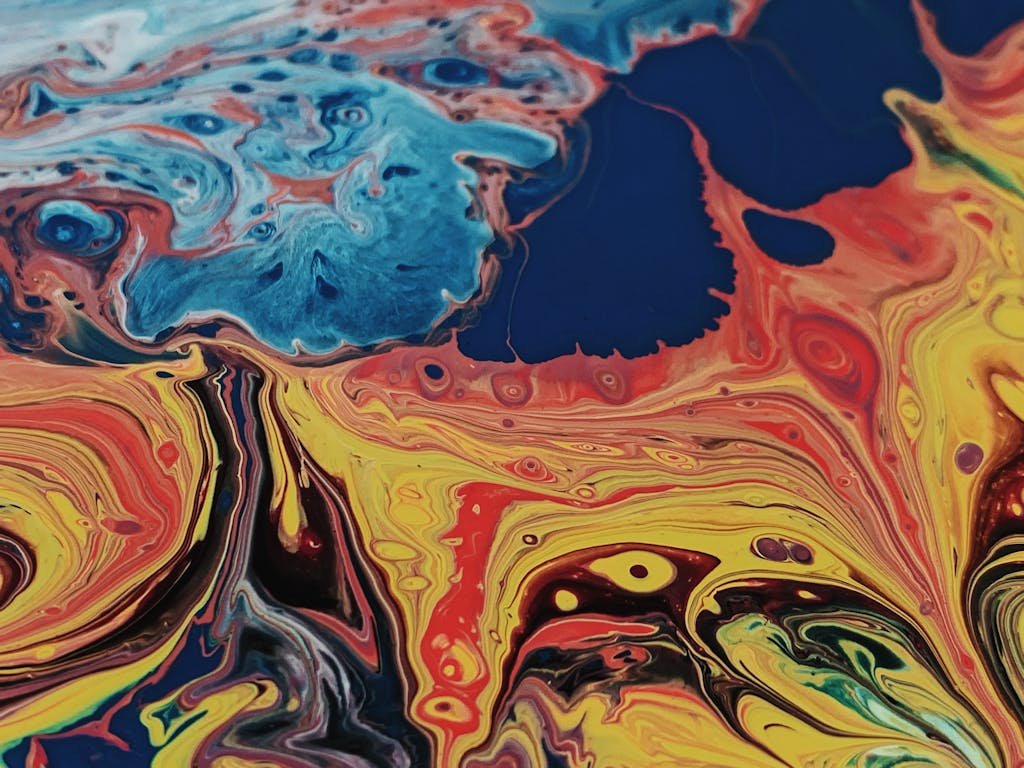
Tools for Blending
Blending has its tools depending on the type of blending and the media that is being blended. Here is a list of essential blending tools for different art forms:
Drawing Tools
- Tortillons and Blending Stumps: For mixing graphite and charcoal to a fine consistency.
- Fingers: It provides a faster and more natural approach to mixing though it may not be as accurate.
- Chamois Cloth: A soft cloth that should be capable of mixing large portions of charcoal.
- Erasers: For lifting and lightening blended areas.
Painting Tools
- Brushes: Various shapes and sizes for different blending techniques.
- Palette Knives: For mixing and blending paint on the canvas.
- Sponges: For creating textured blends.
- Mediums: Such as linseed oil or acrylic mediums to facilitate blending.
Digital Tools
- Software: Programs like Adobe Photoshop, Corel Painter, and Procreate.
- Stylus and Tablet: For precise control and natural blending strokes.
- Brushes: Digital brushes for different blending modes that can be adjusted individually.
Tips for Effective Blending
Blending is not an easy activity but with time and techniques, it can be a beauty. Here are some tips to help you master blending:
Practice Patience
Blending requires time and patience. Rushing can lead to uneven transitions and muddy colors. Take your time to build up layers gradually and blend them smoothly.
Control Pressure
Again, in traditional art, the amount of pressure applied can affect the levels of blending. Apply the pressure lightly initially and increase the intensity as may be required.
Experiment with Tools
The same tool may create dissimilar consequences. Try different tools for blending to determine the most appropriate ones for the kind of artwork and the material to be used.
Keep Your Tools Clean
Unclean tools used in blending can contaminate your artwork with different colors and textures that may not be desirable. It is highly recommended that brushes, tortillons, and other tools should be cleaned often for optimum results.
Use Quality Materials
Using high-quality materials like artist’s pencils, artist paints, and special paper may help make blending easier and better. Use high-quality materials so that the quality of the end product is as high as possible.
Closing Thoughts
Blending is crucial in drawing, transforming your art from flat to vibrant. Mastering various blending techniques boosts efficiency in creating smooth transitions, tones, depth, and a polished look. Whether using graphite, paint, or digital tools, blending principles remain consistent.
